This article is part of a guide to Toronto from FT Globetrotter
Toronto is one of the world’s most multicultural cities, with some 230 nationalities weaving together the city’s rich cultural tapestry. One of the most enjoyable ways to explore its diversity is through the culinary kaleidoscope on offer at one of its beloved markets. This also offers a chance to immerse oneself in the city’s history, walking cobbled lanes where horse-drawn carriages once rolled and soaking in some of Toronto’s most famous neighbourhoods.
Each of the four markets below offers something different in terms of sights and sounds, but importantly, each is also a food destination in its own right. These markets are perfect for sampling a slice of Toronto life — and tingling the taste buds with the huge variety of cuisine on offer.
St Lawrence Market
92- 95 Front Street East Toronto, ON M5E 1C3
-
Good for: A lunch stop and wander, with bites to delight every palate and the option to purchase Canadian specialities like ice wine or maple syrup
-
Not so good for: Food here tends to be pricier than at other markets
-
FYI: Open every day except Monday; Saturday is farmer’s market day when most locals go
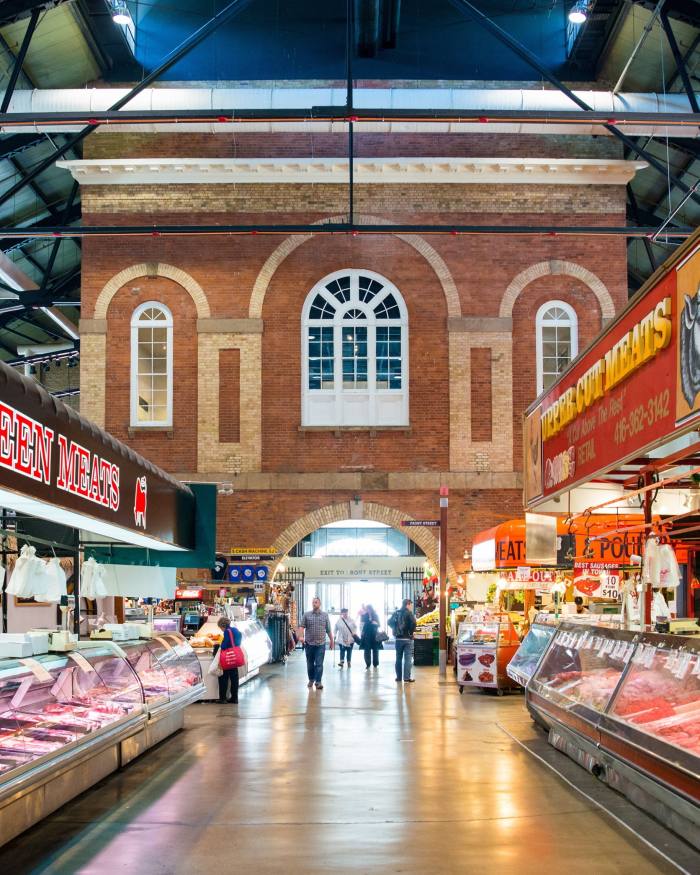
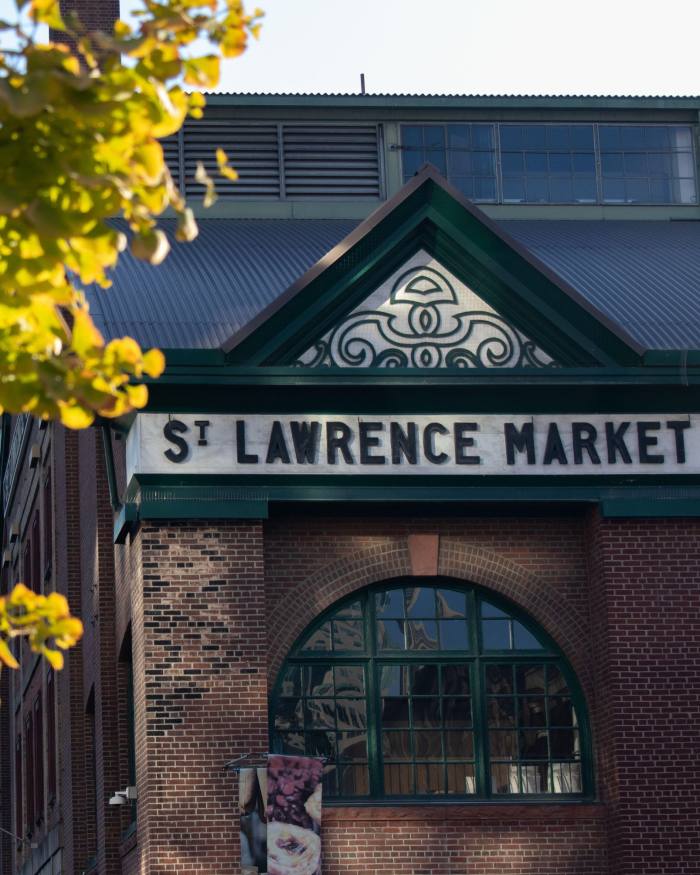
This sprawling market has been hawking fresh food to city dwellers since 1803, back when Old Town Toronto was clustered around the lakeshore. The oldest market in the city, It has won many accolades over the years, including making it into a 2022 National Geographic list of great food markets around the world. Locals flock here to stock up on fresh cheese, meat and fish, and chat over the crunch of the city’s signature peameal bacon sandwich (the meat is thick, unsmoked and rolled in cornmeal, and served with a dollop of honey-mustard on a kaiser roll).


St Lawrence is steeped in history. Its clutch of red-brick buildings date back to the 1840s, and once housed Toronto’s City Hall, council chambers and a subterranean police station and jailhouse. Inside the still-standing council chambers (above the market), the Market Gallery offers rotating exhibitions dedicated to Toronto’s history. In 1899, a new city hall was established and the cavernous space transformed into a marketplace.
About 120 stalls from regional vendors and artisans serve up food from around the globe, from creamy East Coast lobster soup to freshly cut ricotta ravioli and juicy hotdogs. There’s a dizzying array to choose from, but I’d suggest finishing with a warm, flaky glazed butter tart: a Canadian speciality that’s similar to a treacle tart.
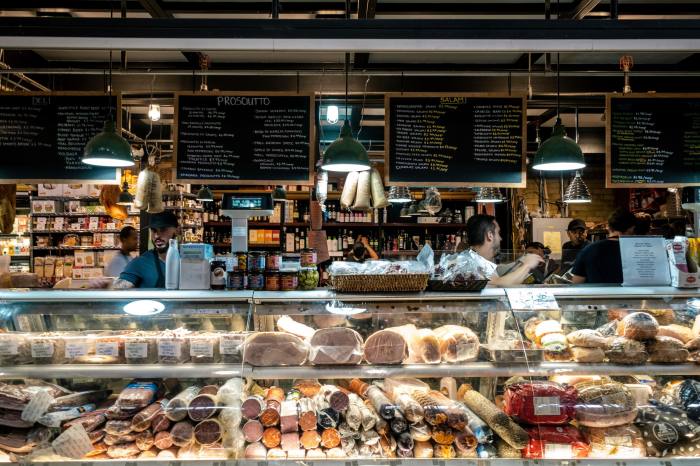
Food is what stitched together the multitude of cultures that make Toronto the dynamic city it is — and St Lawrence underscores this fusion. My guide, Bruce Bell, a local historian, tells me that the city learnt about different cultures through food, which broadly began with the Caravan festival, a week-long annual celebration that showcased the food, music and traditions of Toronto’s immigrants, beginning in 1969. “It took Toronto out of the dark ages,” says Bell. “And without Caravan, Toronto would not be the city it is today.”
Kensington Market
West of downtown Toronto
-
Good for: A pre- or post-lunch exploration of the shops, galleries, boutiques and street art in the neighbourhood
-
Not so good for: Quirky and a bit dilapidated, the area might not be everyone’s cup of tea
-
FYI: There is generally a market of some kind seven days a week, but the neighbourhood is worth a visit on any day. You’ll want to ditch the car for this one as parking is very limited
Boom. Boom. Boom di di boom. I weave past a group of teenagers huddled over a boombox, sidestep a granny cruising on a low-rider bike, turn the corner to the sonorous thump of a Rastafarian playing a drum under the watchful eye of a Mona Lisa mural, and almost trip into the Garden Car as I dodge some cyclists whizzing by. Welcome to Kensington Market. (FYI: the Garden Car is a permanently parked sedan sprouting greenery from its roof that doubles as public art and a community garden.)
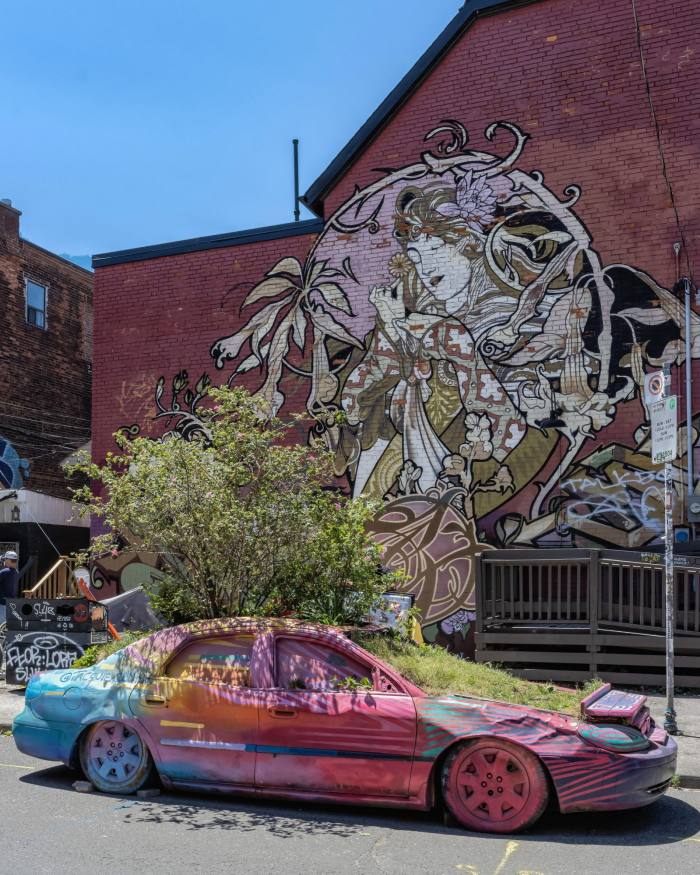
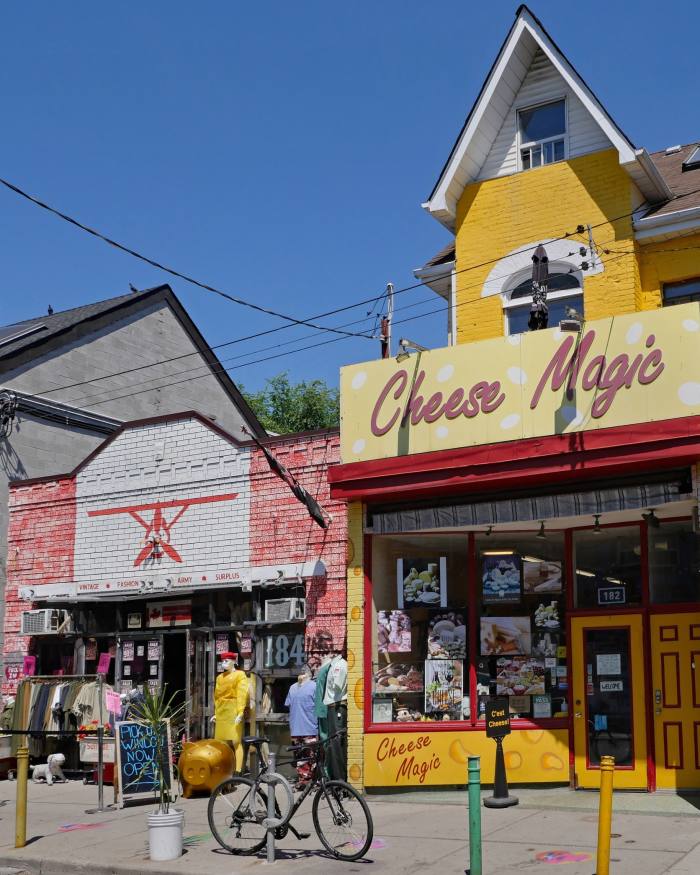
Bohemian Kensington Market is more neighbourhood than simply a market, and more legend than either neighbourhood or market. In short: a necessary pit stop on a tour of Toronto. One of the city’s most vibrant and dynamic quarters, it’s a hub of creative endeavour and proud independence, a riot of colour and noise. Wander the patchwork of narrow lanes, brightly painted Victorian houses, vintage stores, alternative bookshops, artist hideouts and eateries. On most days, clothing racks and stalls spill out from the small shops lining the streets. Soaring murals and paint splatters greet you at every turn.
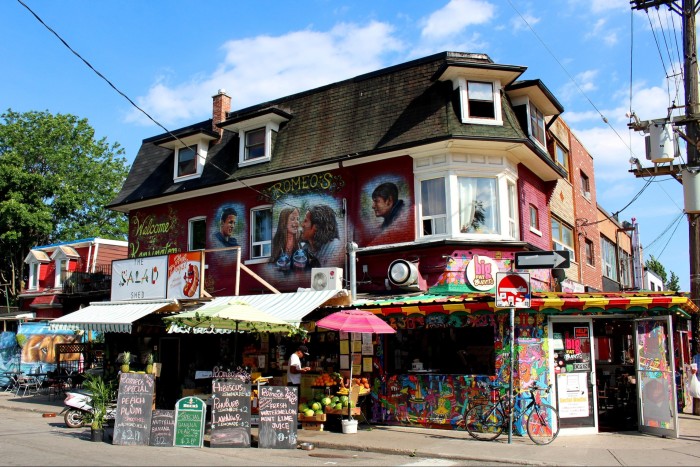
Character seeps from the buildings — and their inhabitants. Here, many generations-old family businesses continue to flaunt their wares, each with a story to tell. The neighbourhood has such a rich heritage that Kensington Market was designated a National Historic Site of Canada in 2006. As such, its independence is fiercely fought for in petitions and residents’ battles against the encroach of developers and multistorey malls. A Nike pop-up in 2002 was soon sent packing by residents dumping dozens of running shoes splattered with red paint outside it in protest of the treatment of the company’s sweatshop workers. Many chains have tentatively opened stores only to wither and be replaced by independent versions.
Over the past 200 years, Kensington has been home to waves of immigrants from around the world, part of the reason for its rich eclecticism. This is a brilliant spot to sample the sheer array of foods that they brought with them. Steaming Jamaican patties. Delicate bao buns. Golden-battered halibut with generous heaps of chips. Creamy peach praline pie. Crispy fried chicken on a bed of waffles. If you’re not salivating by now . . .
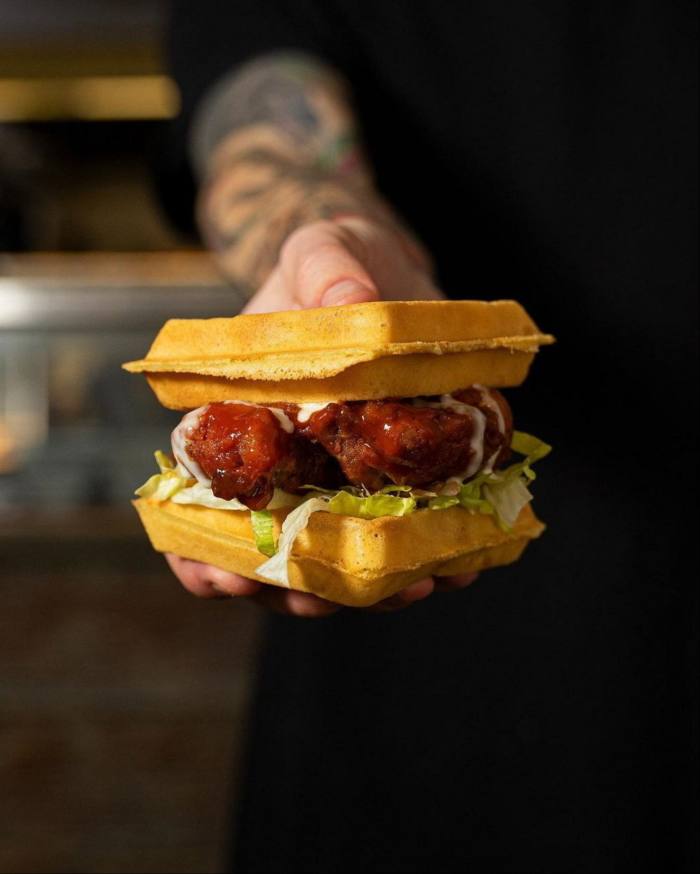
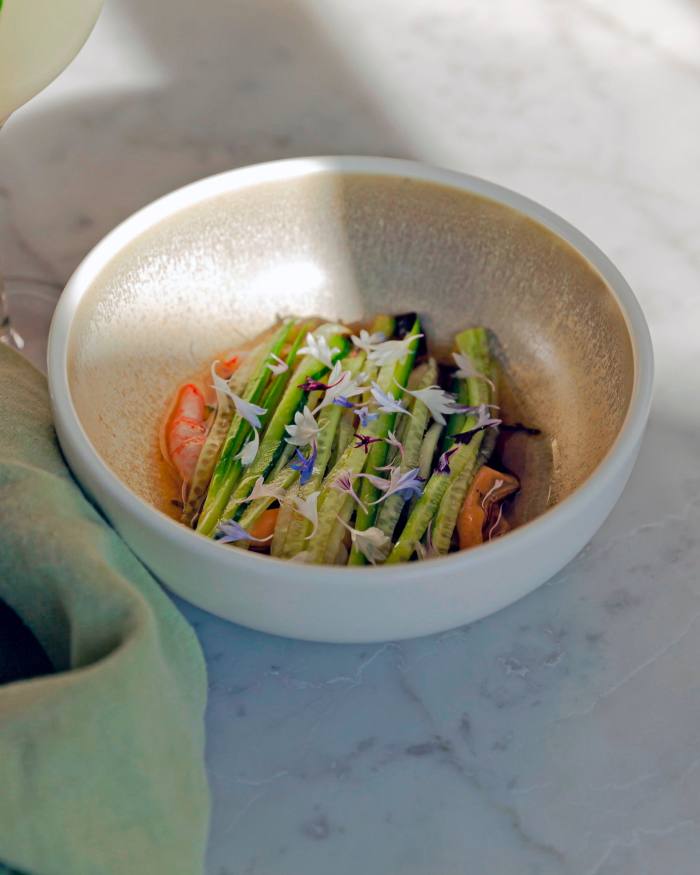
Recommendations: Rasta Pasta (fusion of Jamaican and Italian cuisine), Sanagan’s Meat Locker (high-quality meat from small Ontario farms), Torito (tapas with a twist), Nu Bügel (authentic Montreal-style bagels), The Dirty Bird Chicken + Waffles (need I say more?) and Michelin-anointed Grey Gardens (seafood-centric small plates).
Distillery District (and Christmas Market)
Mill Street, Toronto, ON M5A 3C4
-
Good for: A must on a winter visit to Toronto — the market comes alive at Christmas
-
Not so good for: Shopping here is at the higher end of the price range
-
FYI: The Distillery District is open seven days a week. The Christmas market is only open during the festive period, when it is closed on Mondays. During this period, restaurants operate on a first-come-first-served basis
Once a whisky distillery, the historic Distillery District is now a hub of urban art galleries, craft-beer brew houses, small boutiques and bougie chocolate shops. The renovation stayed faithful to the area’s origins, so much so that it is home to the largest and best-kept collection of Victorian-era industrial architecture in North America. There’s ample to explore among the sprawling 13 acres of cobbled lanes and red-brick heritage buildings.
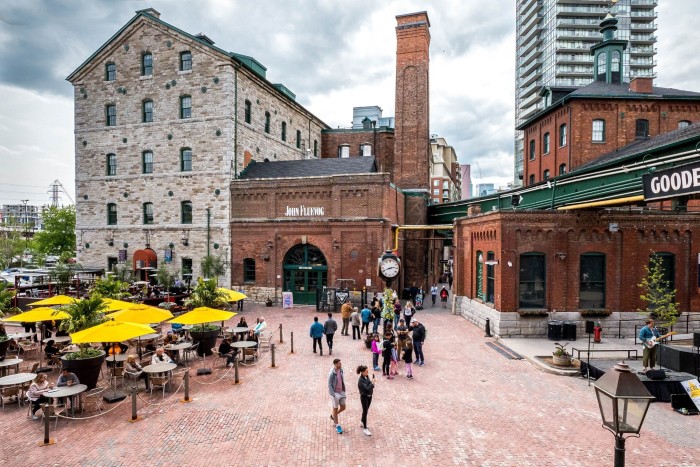
In its heyday — circa the 1860s — Gooderham and Worts was one of the largest distilleries in the world, pumping out some two million gallons of whisky a year for global export. There are still a few distilleries and breweries (craft-beer lovers will find a haven in Mill Street Brew Pub), but most come for a shop or a bite to eat.
The pedestrian-only market is open year-round but is famed for its Winter Village Christmas Market, when lights are strung up over the lanes, whitewashed stalls sell felt gnomes and warm churros, and everywhere the background chimes of ‘simply having a wonderful Christmastime’. When I visited in December, I was told by my guide that there’s a proposal under the towering Christmas tree at least once a day during the festive period.
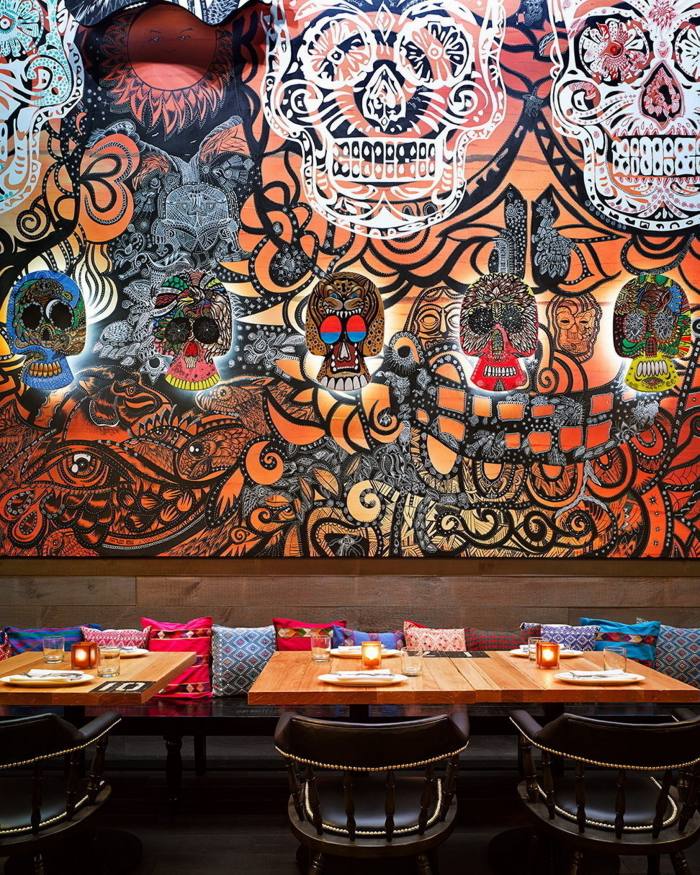
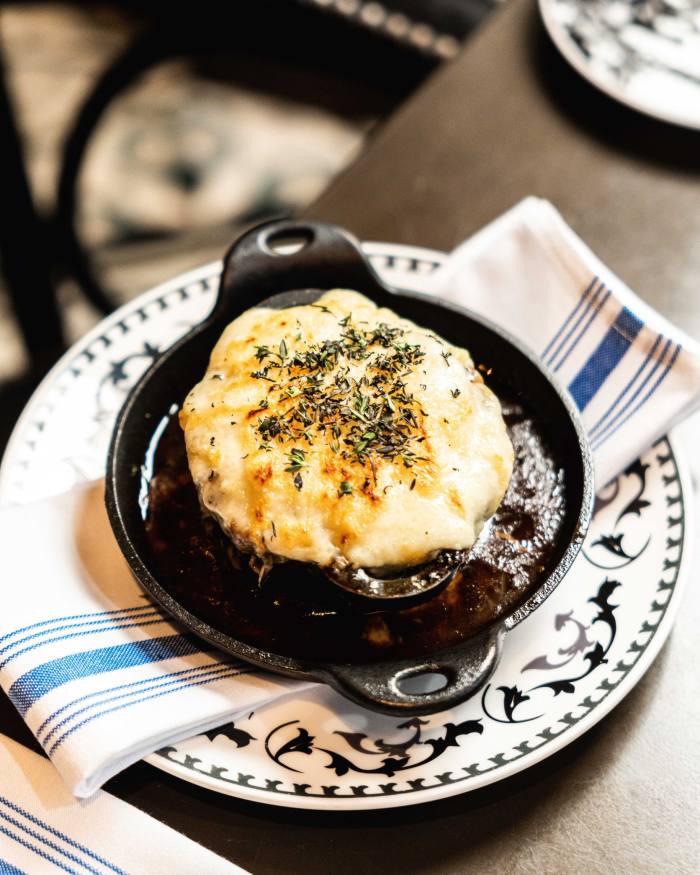
And the food. There’s something here for everyone, whether you’re looking for a quick snack or sit-down affair. El Catrin is the resident Mexican restaurant, boasting fire pits in the winter and Day of the Dead decor year-round. Oysters can be gulped down at Pure Spirits. Cluny Bistro & Boulangerie serves up French delights with a twist — I had the Brie brûlée, a French triple Brie coated in lavender honey sugar and torched crème brûlée-style; yellowfin tuna ceviche with lemon, chilli and bergamot marmalade; asparagus fondue; and the most drool-worthy French onion soup with generous lumps of molten gruyère and glazed onions swimming in a rich beef broth.
Superfresh Night Market
384 Bloor Street West, Toronto, ON M5S 1X2
-
Good for: Lively, affordable dinner out where you can choose from a wide selection of Asian cuisine in one space
-
Not so good for: Those not into Asian food (if such people exist?)
-
FYI: Open every day except Tuesday (times vary, so check the website before you go)
Opened last year, Superfresh Night Market caters to your every Asian culinary desire. It’s named after Bloor Superfresh, Toronto’s first 24-hour Korean supermarket, which was housed in the food hall previously occupying the space.
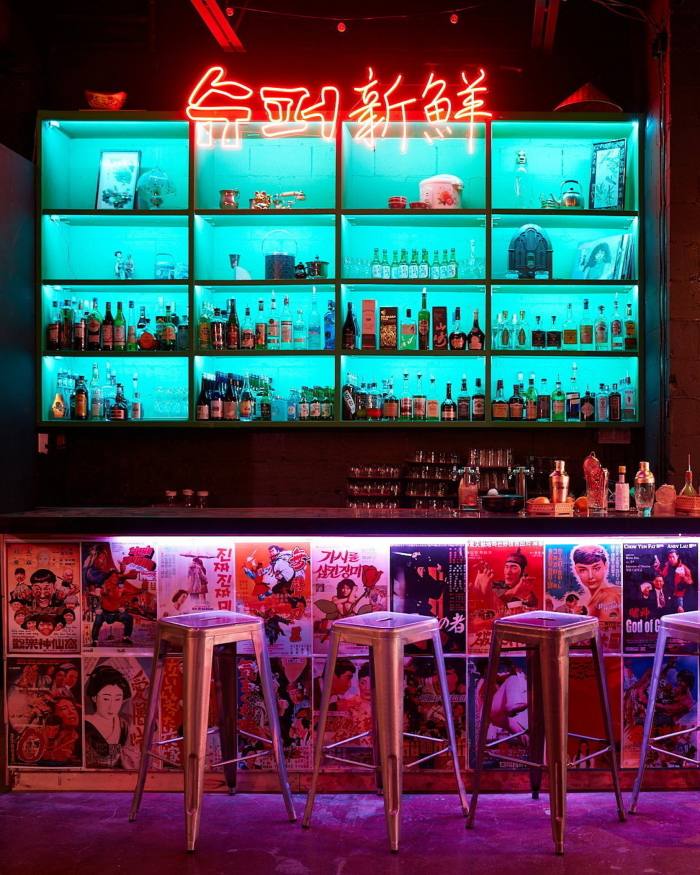
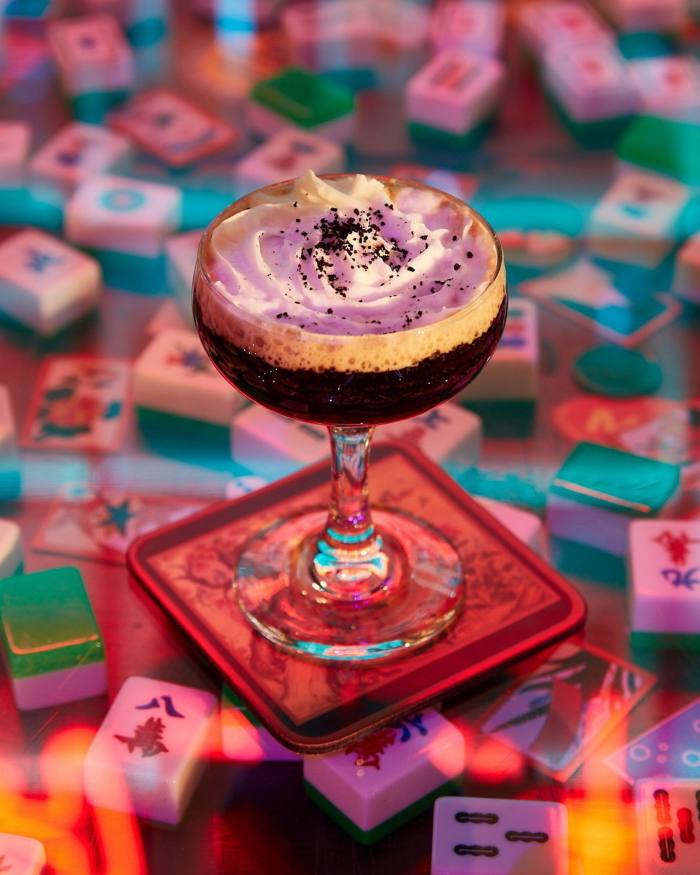
Dubbed “unapologetically Asian” by the curators, it’s set up like a traditional food hall, with an open central space of chairs and tables flanked by food stalls that offer the best of East Asian cuisine: Chinese, Japanese, Korean, Indonesian, Taiwanese — you’ll find plenty of deliciousness to dive into. Neon lighting and a graffiti-coated, shutter-down storefront aesthetic evoke Asian night markets. Coloured baskets hang from the rafters, vintage menus plaster the walls and a sign at the door tells visitors to take off their shoes (though you’re not actually supposed to). As well as the stalls, there’s a bar serving cocktails on tap and Auntie’s Supply, stocked with snacks and traditional sweets from across Asia.
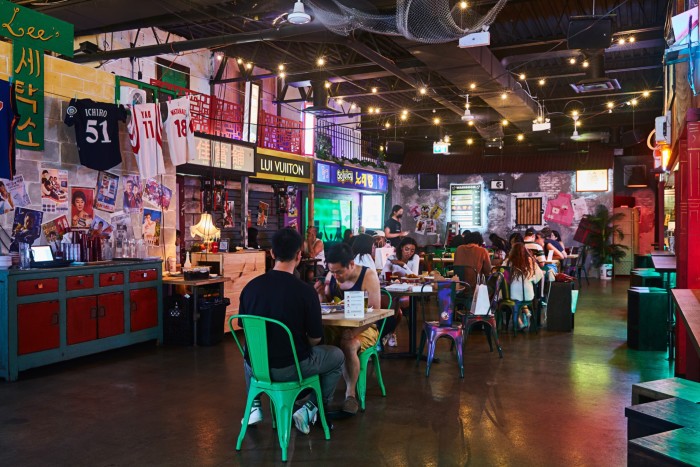
I tucked into a dish (or three) from every stall. For clarity, that’s a lot of food. Steaming noodles in a spicy beef broth kicking with flavour — where you hand-pick each element from noodle-type to topping and spice-level. (Every noodle order is made to exact preferences, including thickness and shape, hand-slung by the owner and noodle maestro, who will transform a hefty piece of dough into delicate noodle strings before your eyes.) Soft bao buns stuffed with breaded sweet potato, avocado and baby gem lettuce. Crispy barbecued fried chicken wings. A sizzling Korean hotpot with all the trimmings. Nasi goreng rice crowned with a perfectly fried egg. Cheesy chips drenched in katsu gravy, topped with spring onions and bonito flakes. Fries seasoned with togarashi peppers, dusted with nori seaweed and dipped in miso mayo. (Yes, I did go in for two portions of chips.) All of this was washed down with glugs of craft beer and some of the most delectable sake I’ve ever tried.
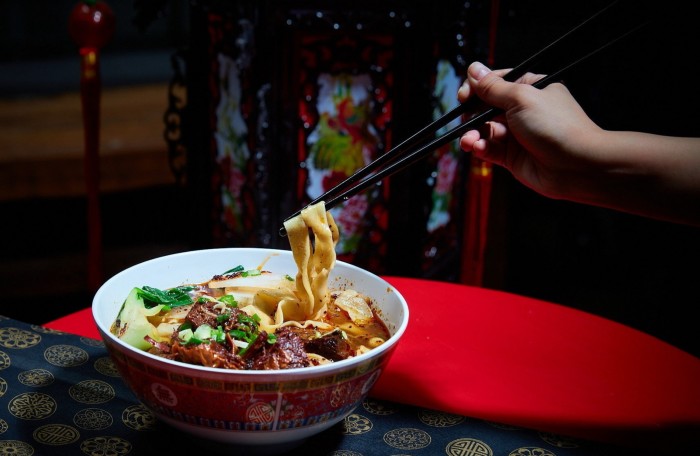
The focus here is food, but the market also puts on events to celebrate Asian culture such as DJ nights, artisan markets, fashion shows and pop-ups. Come for the food, stay for the buzzy atmosphere.
Tell us about your favourite Toronto market in the comments
Follow FT Globetrotter on Instagram at @FTGlobetrotter



